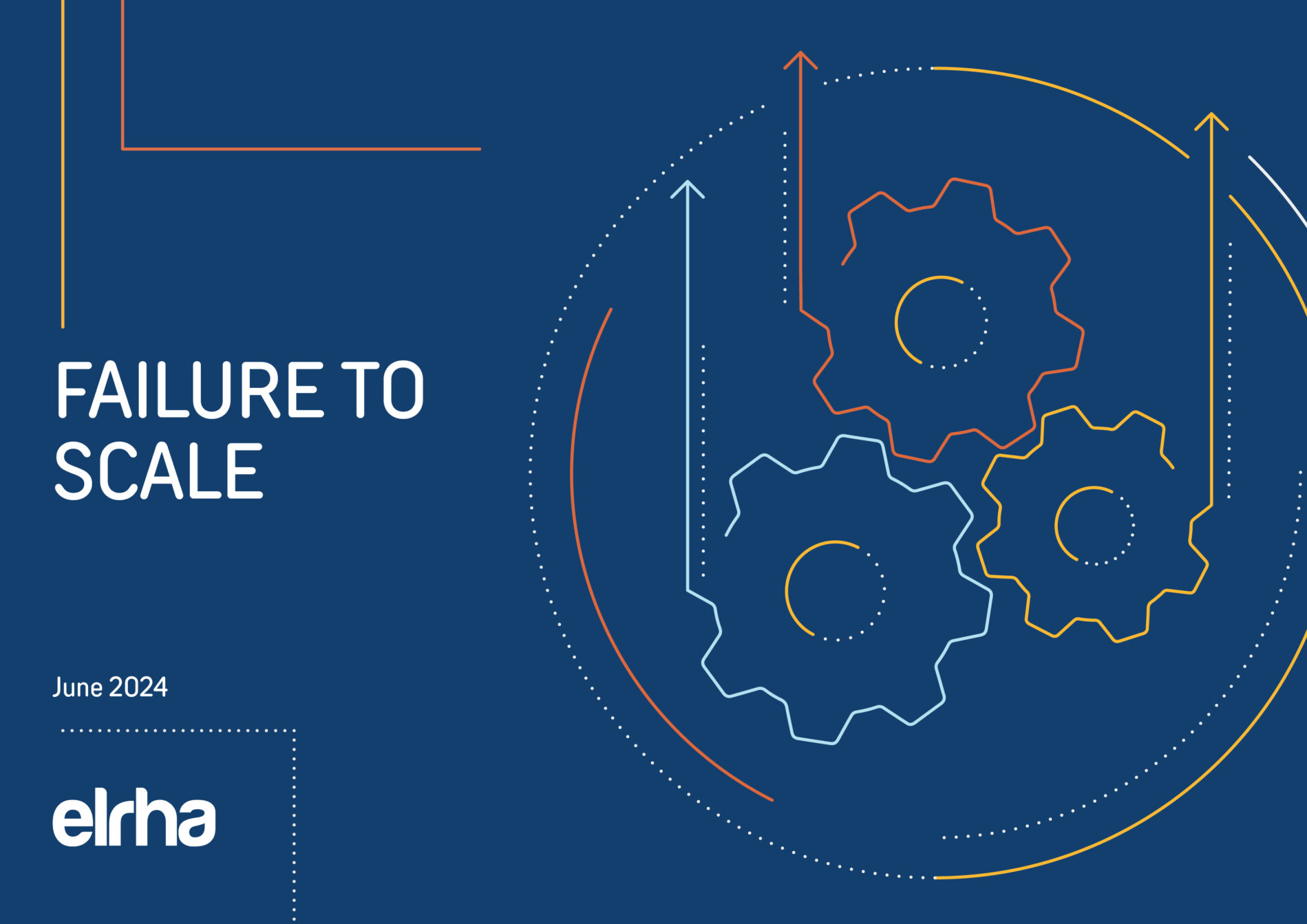A Comprehensive Review of the Existing Practices Used in Measuring the Impact of Gender-based Violence Programming

This report presents the research findings of the existing practices used in measuring the impact of Gender Based Violence in humanitarian settings taking a case of Sipepa in Matabeleland North, Zimbabwe that was ravaged by flash floods. The report further details opportunities for innovation in the measurement and evaluation of GBV programmes.
The analysis found that there was limited intentional and planned GBV programming in the chosen study settings. This was found to be due to the primary focus placed on meeting basic needs in emergencies, as well as the funding challenges, amongst other things. Other key findings from this report were:
- The few stakeholders that tracked and monitored GBV programming did this during their routine work with limited or no evidence in terms of frameworks and tools to track GBV programming.
- There was no clear M and E framework for GBV response and approved data collection tools at national, Provincial and District level.
- Partners and stakeholders tended to track GBV activities at the individual level and did not feel obliged to share the tools or findings of data with other practitioners for whom it would be relevant.
The need for an effective gender sensitive reporting platform and as well as the need for engaging the community in GBV monitoring emerged as key lessons learnt from this research study.